“Enigmatic chemical reactions” have broken out underground inside two Los Angeles-area landfills, according to the L.A. Times. These “highly unusual reactions at Los Angeles County’s two largest landfills have raised serious questions about the region’s long-standing approach to waste disposal and its aging dumps.”
If landfills are the extreme endpoint of a cultural practice of burial—we bury to memorialize, to forget, to protect, to hide, store, and retrieve—then the idea that what we’ve made subterranean might take on a life or chemical activity of its own has a strange irony. Landfills seem to fully embody the idea that we don’t understand the extent of we’ve placed into the ground, nor what it does once we leave it there. Perhaps we also bury to reinvigorate and transform.
I’m reminded of a story from the British nuclear facility at Sellafield, whose new owners realized they had incomplete documentation of the site and thus had no idea where radioactive waste had been buried there. They actually put an ad in the local newspaper saying, “We need your help. Did you work at Sellafield in the 1960s, 1970s or 1980s? Were you by chance in the job of disposing of radioactive material? If so, the owners of Britain’s nuclear waste dump would very much like to hear from you: they want you to tell them what you dumped—and where you put it.”
It feels oddly on-brand with modern living that we might not fully understand long-term landfill chemistry, that random solvents, dyes, acids, fuels, and detergents sloshing around together in huge, sealed landscapes for decades might break out in unexplained reactions, like inadvertent batteries—that we isolated our waste, thinking it would make us safe, but it is only gaining in chemical power.
As of November 2023, the “reaction area” in one of the L.A. dumps “had grown by 30 to 35 acres, according to the agency [CalRecycle]. Already, the heat has melted or deformed the landfill’s gas collection system, which consists mostly of polyvinyl chloride well casings. The damage has hindered the facility’s efforts to collect toxic pollutants.” This seems to imply it will get worse, and nearby residents have begun reporting chemical smells.
“The bad news,” L.A. County Supervisor Kathryn Barger told the paper, “is we’ve never seen anything like this, and if we don’t understand what triggered it, it could happen at other landfills that are dormant. So it’s important for us to get a handle on it.” The earth, riddled with dormant landfills, attaining enigmatic chemical vigor in the darkness.
(Related: Class Action, Land of Fires, and The Landscape Architecture of Crisis.)
 [Image: An otherwise unrelated photo of fire-fighting foam, via
[Image: An otherwise unrelated photo of fire-fighting foam, via  [Image: “Plastic-munching bacteria,” via
[Image: “Plastic-munching bacteria,” via 
 [Image: Schmidt Ocean Institute, via
[Image: Schmidt Ocean Institute, via  [Image: Fortress of Solitude from Superman, via the
[Image: Fortress of Solitude from Superman, via the  [Image: “
[Image: “ [Image: Mars architecture concept by
[Image: Mars architecture concept by 
 [Images: Photos by Geoff Manaugh, originally published
[Images: Photos by Geoff Manaugh, originally published 
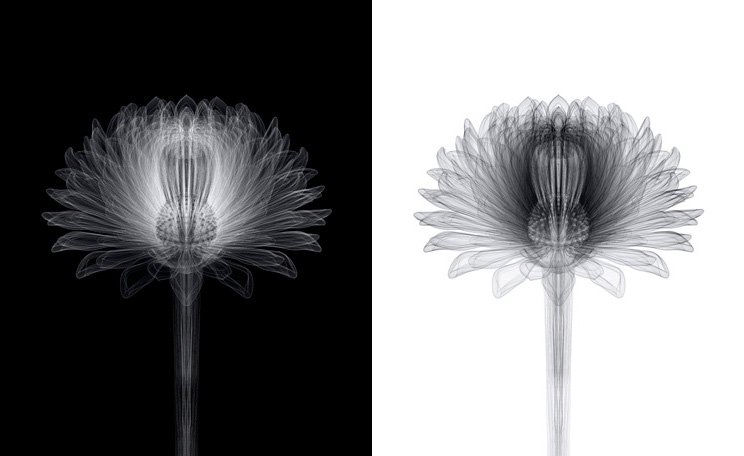 [Image: A flower by
[Image: A flower by 
 [Images: Botanical photogravures by
[Images: Botanical photogravures by 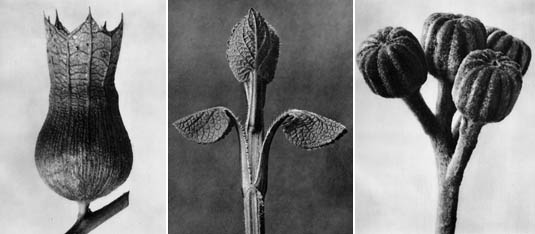 [Images: More extraordinary photogravures by
[Images: More extraordinary photogravures by 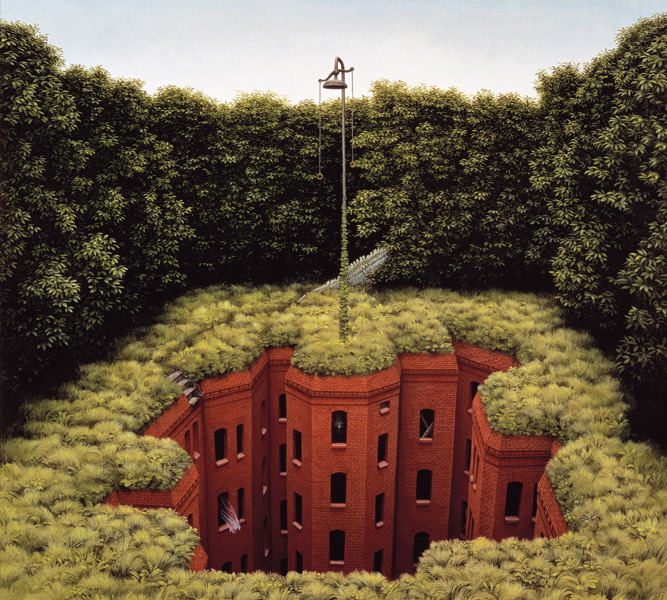 [Image:
[Image: 
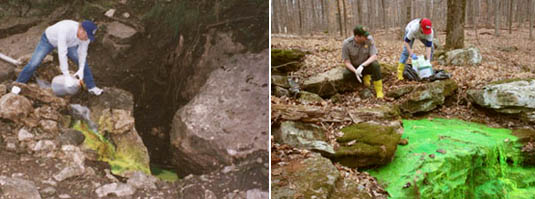 [Images: Dye-tracing cave systems; note that the chemical used is supposedly non-toxic].
[Images: Dye-tracing cave systems; note that the chemical used is supposedly non-toxic].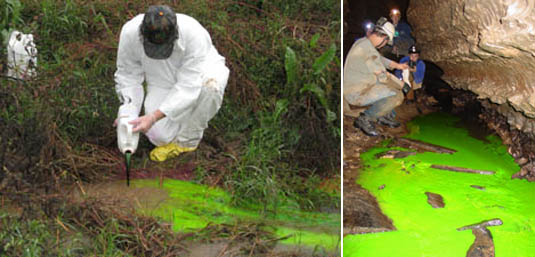 [Images: Dye-tracing caves].
[Images: Dye-tracing caves].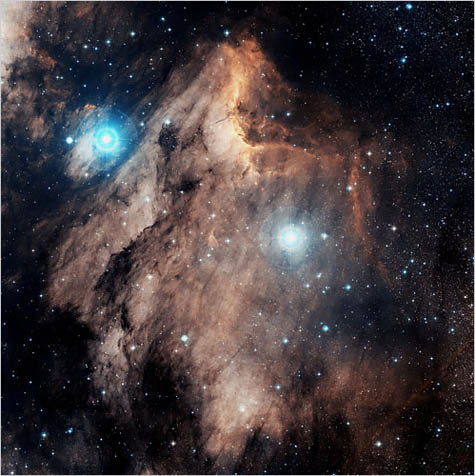 [Image: The Pelican Nebula, photographed by Charles Shahar at the
[Image: The Pelican Nebula, photographed by Charles Shahar at the 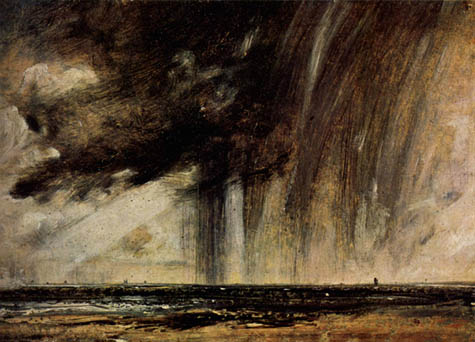 [Image: John Constable, Seascape Study with Rain Cloud (1827); originally spotted at
[Image: John Constable, Seascape Study with Rain Cloud (1827); originally spotted at 
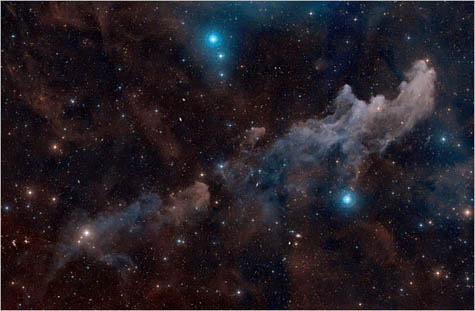
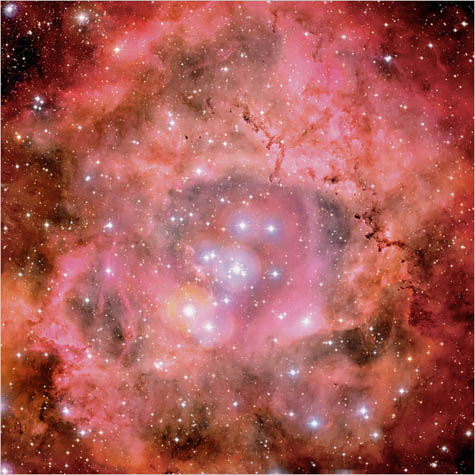 [Images: (top) The bewilderingly beautiful Cat’s Paw Nebula, photographed by T.A. Rector at the University of Alaska, Anchorage; (middle) The Witch Head Nebula, photographed by Davide De Martin at the Palomar Observatory; (bottom) The Rosette Nebula, photographed by J.C. Cuillandre (Canada France Hawaii Telescope) and Giovanni Anselmi (Coelum Astronomia)].
[Images: (top) The bewilderingly beautiful Cat’s Paw Nebula, photographed by T.A. Rector at the University of Alaska, Anchorage; (middle) The Witch Head Nebula, photographed by Davide De Martin at the Palomar Observatory; (bottom) The Rosette Nebula, photographed by J.C. Cuillandre (Canada France Hawaii Telescope) and Giovanni Anselmi (Coelum Astronomia)].